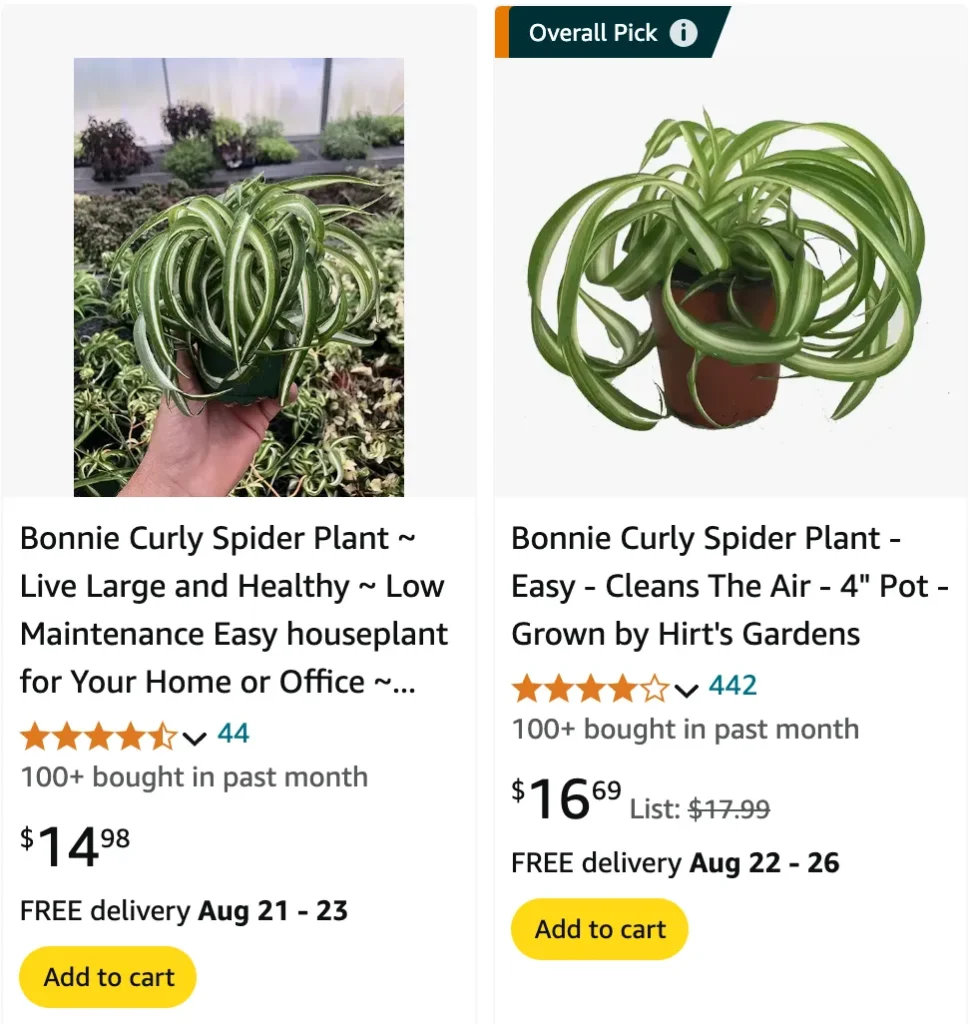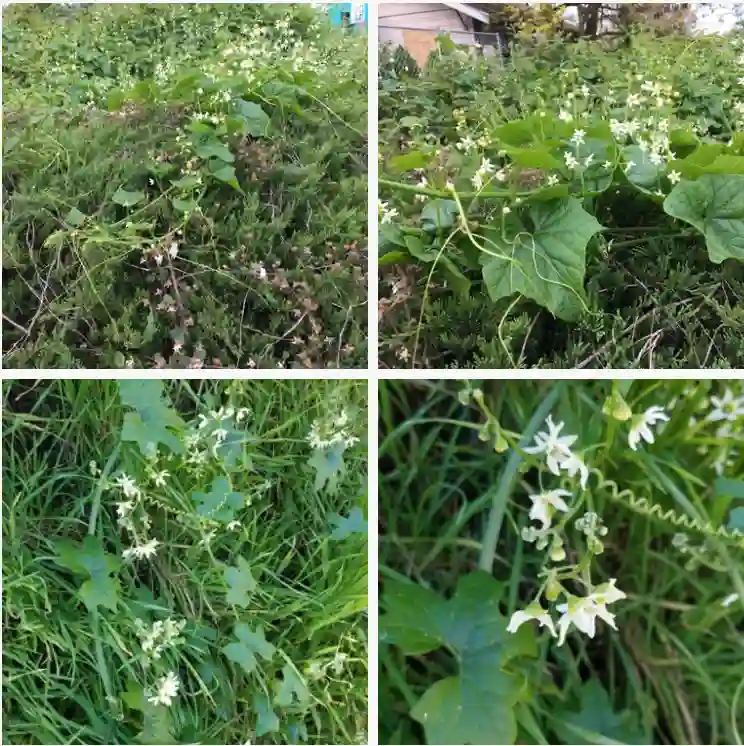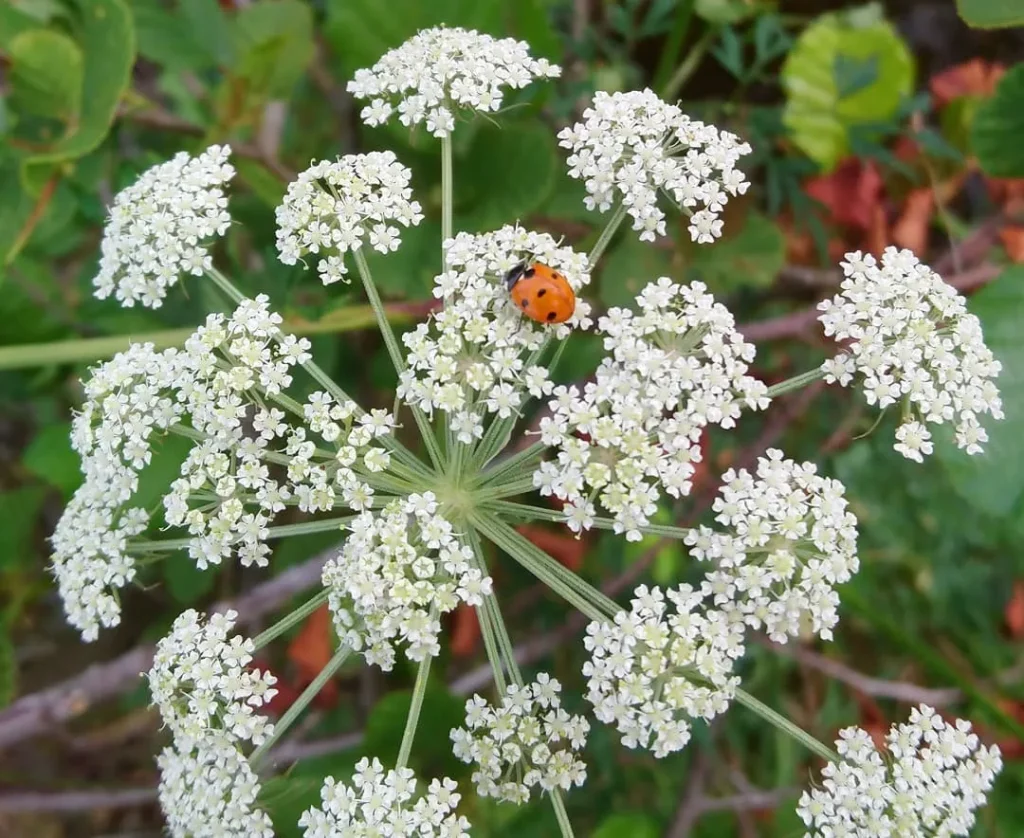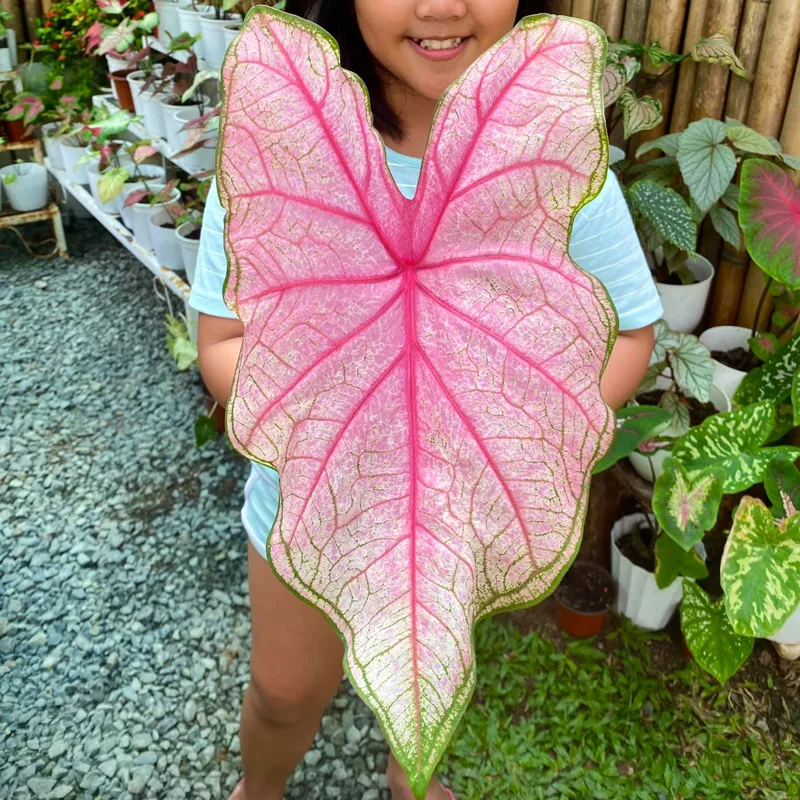
When I first encountered the Curly Spider Plant, I was immediately captivated by its playful, curly leaves and unique appearance. As someone who’s always been into houseplants, the Curly Spider Plant, also known as Chlorophytum Comosum ‘Bonnie’, quickly became a favorite of mine. Its distinctive curls set it apart from the traditional Spider Plant, and I soon found myself diving into the specifics of Curly Spider Plant care.
200 Species in Genus Chlorophytum
What is a Curly Spider Plant?
A Curly Spider Plant, also called the Bonnie variety, is a fun twist on the classic Spider Plant (Chlorophytum Comosum). What makes it unique is its tightly curled, vibrant green and white variegated leaves. It’s not just a visual delight, but a resilient plant too, perfect for beginners and experienced plant enthusiasts alike.
Curly Spider Plant vs Spider Plant
The main difference between a Curly Spider Plant and a regular Spider Plant lies in the leaves. The standard Spider Plant features long, straight, arching leaves, while the Curly Spider Plant has shorter, more compact, and curled foliage. Both plants produce similar spiderettes (baby plants), but the curly version adds a playful twist to any indoor space.
How to Care for a Curly Spider Plant?
Curly Spider Plant care is relatively simple, which is why it’s such a popular choice. Here’s a breakdown of its needs:
Light Requirements: Curly Spider Plants thrive in bright, indirect light. Direct sunlight can scorch the leaves, so I usually keep mine near a window with filtered light. If you notice your plant’s leaves losing their curl, it might not be getting enough light. In that case, consider moving it to a brighter spot.
Watering: I water my Curly Spider Plant when the top inch of the soil feels dry. Overwatering can lead to root rot, so I make sure the pot has good drainage. If the tips of the leaves start turning brown, it might be due to inconsistent watering or fluoride in the water. Switching to filtered water can help with this issue.
Humidity and Temperature: Curly Spider Plants prefer moderate humidity and temperatures between 65°F and 75°F. In winter, I keep it away from drafts or cold windows, as these plants don’t appreciate sudden temperature changes.
Soil: A well-draining potting mix is ideal. I use a general-purpose houseplant mix with a bit of perlite to ensure good aeration.
Hanging Curly Spider Plant
One of my favorite ways to display a Curly Spider Plant is in a hanging basket. Its cascading, curly leaves spill over the sides, making it a perfect hanging plant. It’s also an excellent way to save space while showcasing its beauty.
Curly Spider Plant Flower
Curly Spider Plants can also produce small white flowers, typically on long, arching stems. These flowers eventually develop into spiderettes, which can be propagated to grow new plants.
Curly Spider Plant Propagation
Propagating a Curly Spider Plant is straightforward. Once the spiderettes have roots about an inch long, I cut them from the mother plant and place them in water or directly into soil. After a few weeks, new roots develop, and before long, I have another curly beauty to add to my collection.
Curly Spider Plant Losing Curl
If you notice your Curly Spider Plant losing its curl, it’s likely due to insufficient light or humidity. These plants need bright, indirect light to maintain their signature curls. Increasing light exposure or misting the leaves occasionally can help restore their curliness.
Are Curly Spider Plants Toxic to Cats?
As a pet owner, this question was a big concern for me. The good news is that Curly Spider Plants are not toxic to cats or dogs. While your feline friends might be curious and nibble on the leaves, it won’t harm them. However, I still try to keep mine out of reach, just in case.
Curly Spider Plant Brown Tips
Brown tips on a Curly Spider Plant can be frustrating, but they’re usually a sign of either over or under-watering, low humidity, or water quality. I’ve found that using filtered water, maintaining consistent watering habits, and increasing humidity can all help prevent this issue.
Curly Spider Plant Varieties
The Curly Spider Plant isn’t the only variation out there. There’s also the Variegated Curly Spider Plant, which features striking green and white stripes. It’s similar in care to the regular curly variety, but the added variegation makes it even more eye-catching.
Curly Spider Plant Indoor Care
I find that Curly Spider Plants are one of the easiest indoor plants to care for. They adapt well to most indoor environments as long as they get enough light and aren’t overwatered. Their ability to purify the air is another bonus, making them not only beautiful but beneficial to have around.
Curly Spider Plant Light Requirements
As I mentioned earlier, bright, indirect light is ideal for Curly Spider Plants. If the plant starts looking limp or loses its curls, it might need more light. Conversely, too much direct sunlight can burn the leaves. I’ve found that finding the right balance of light is key to keeping it healthy.
Curly Spider Plant Companions
When planting a Curly Spider Plant with others, I pair it with other low-maintenance, humidity-loving houseplants like Pothos or Peace Lilies. These plants complement each other well in terms of care needs and appearance.
Final Thoughts
The Curly Spider Plant is an absolute joy to have in my home. From its playful curls to its low-maintenance care routine, it’s a plant that adds both beauty and freshness to any space. Whether you’re a new plant parent or an experienced one, the Curly Spider Plant is an excellent addition to your indoor jungle.
If i die, water my plants!



